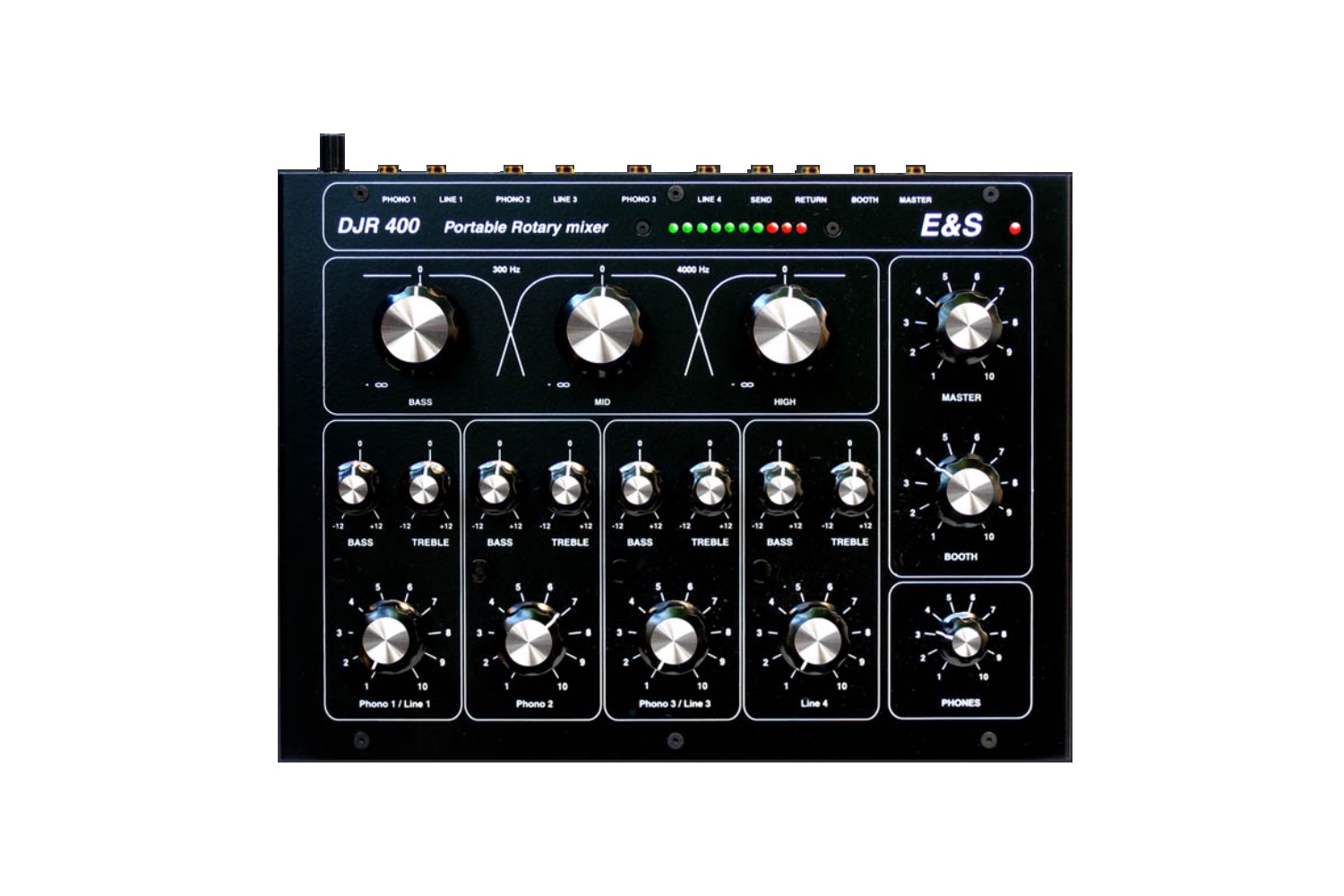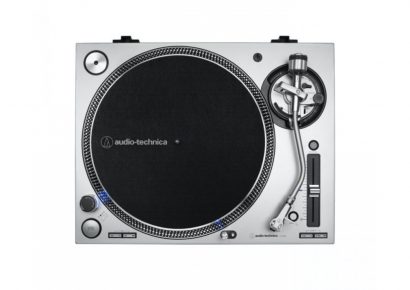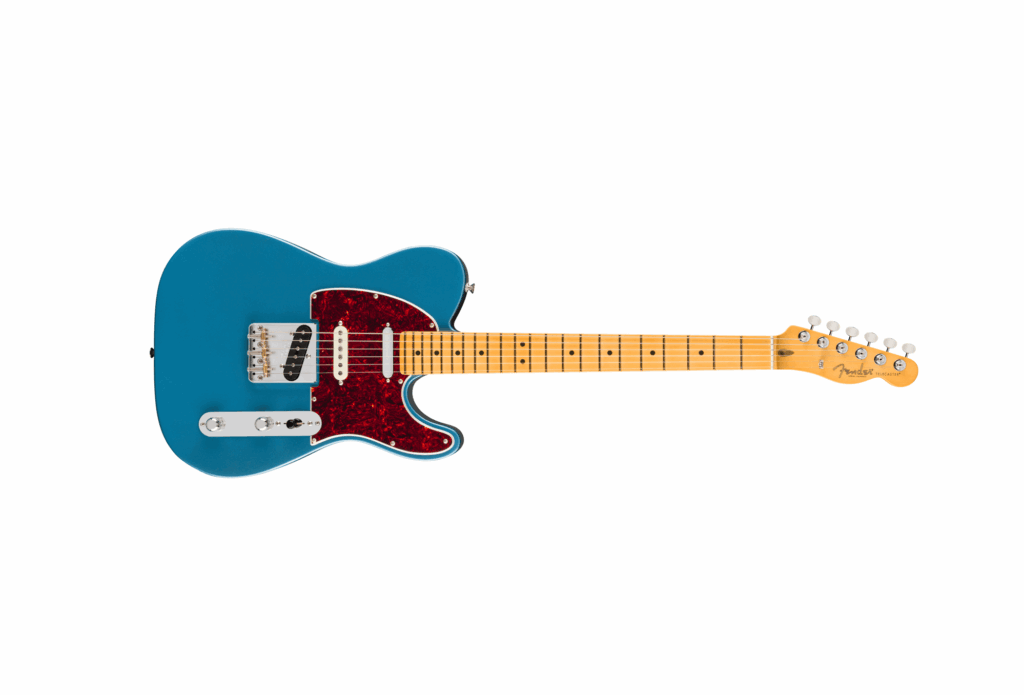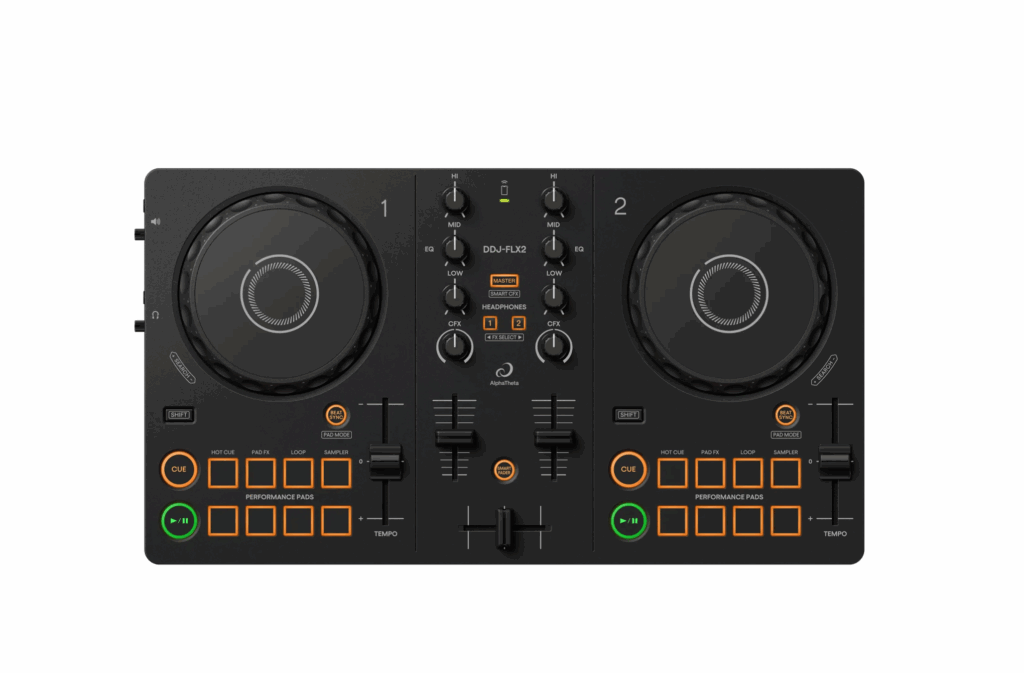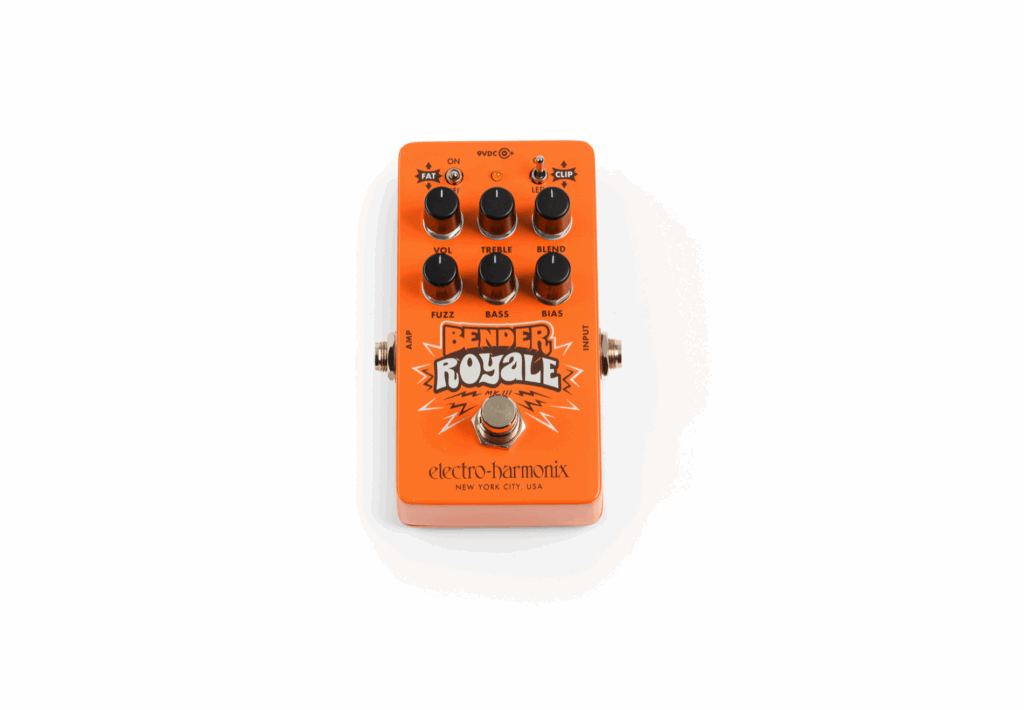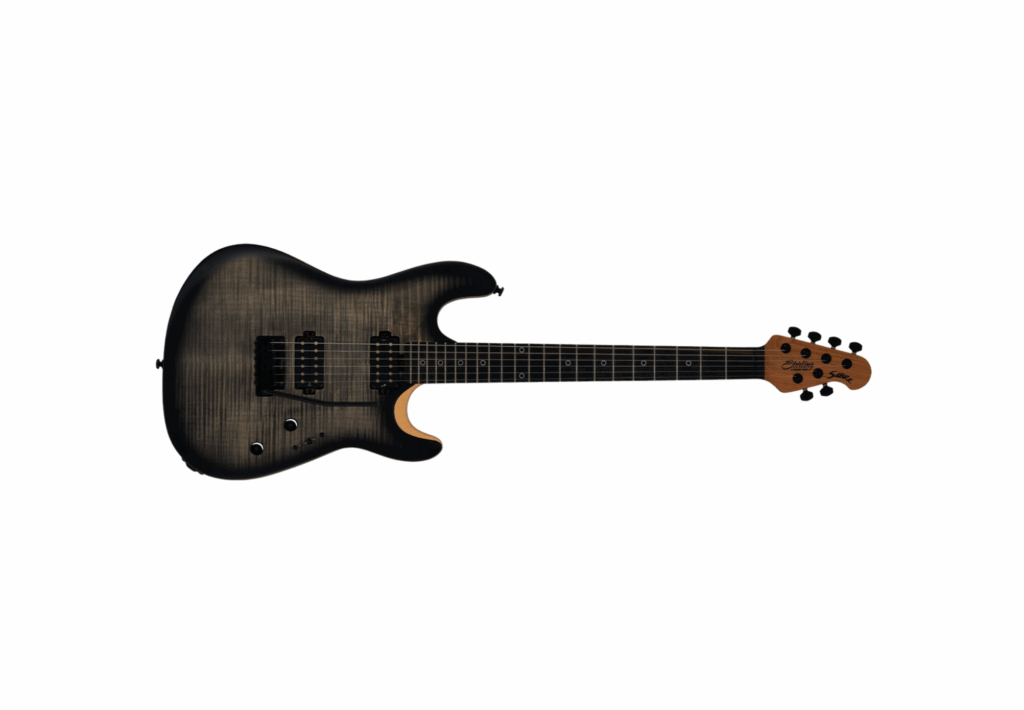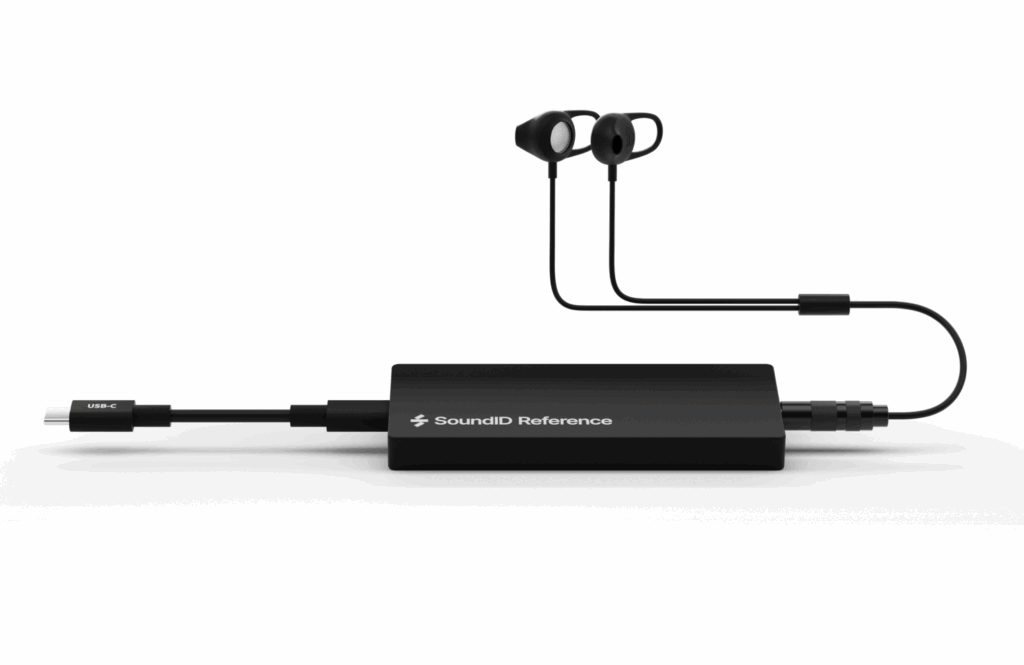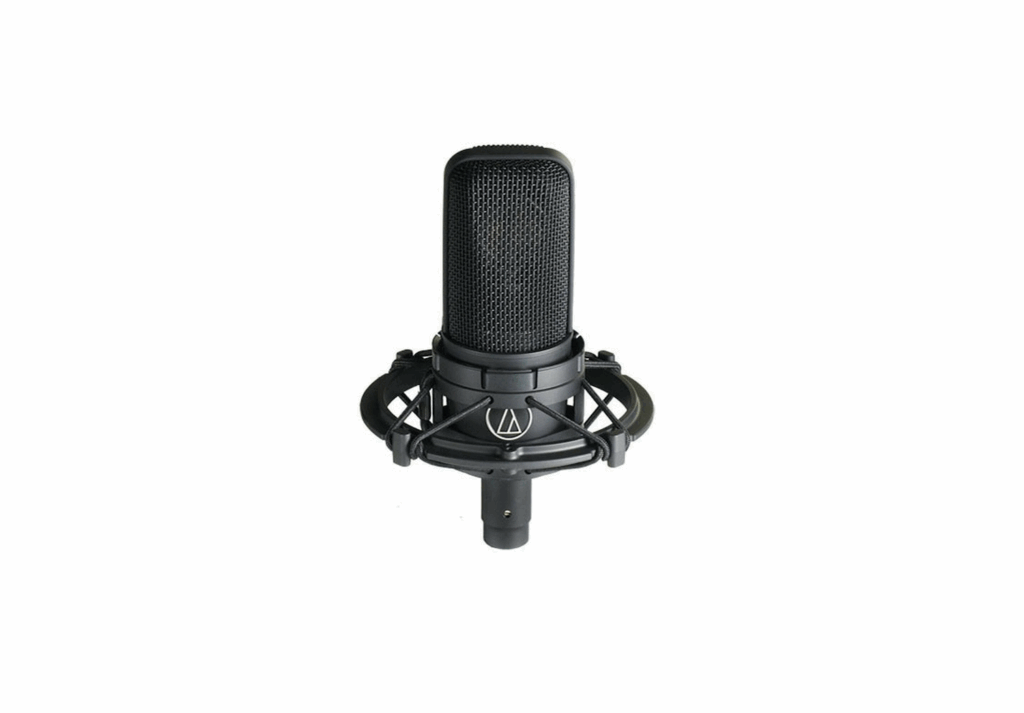Distributed by: E&S | Enquire for pricing
Key Features: There’s a tendency for many to associate the art of mixing with that of a console packed with sliders and faders. Perhaps it’s the satisfying action of rising a slider or zig-zagging a crossfader between channels that makes this the case, but as any seasoned disc jockey can attest to, they certainly come with their own quirks.
More often than not, they’re susceptible to damage from over-eager performers, and even the slightest amount of residue from the DJ booth – be it dust, grime or something else a little more illicit – will stop all your antics right in their tracks. The solution? Enter the rotary mixer.
As the name suggests, rotary mixers function using knobs to control each channel as opposed to a selection of faders, with most placing an emphasis on high-end components, an analogue signal path and absolutely no gimmicks whatsoever, with the biggest of the bunch being none other than the E&S (or Electronique Spectacle) DJR 400.
This particular mixer, handcrafted in France and favoured by some of the biggest gigging professionals on the DJ circuit today – think Daphni, Jamie xx, Dimitri From Paris – was first produced at the turn of the century for DJ Deep, and has subsequently become known as one of the most revered mixers in the world of DJing today.
Dubbed as a ‘travel mixer’ due to its diminutive dimensions, the DJR 400 boasts four channels for line and phono inputs, with each channel featuring a volume control and two-band EQ. The right side of the unit features volume controls for Master, Booth and Phones respectively, while the top offers a three-band master EQ to shape the sound of your overall signal.
What really makes the DJR 400 a hit, however, is the built-in isolator and effects loop on the master and booth output, which functions just as a conventional one in a guitar amplifier would do, letting you run a tape echo or a spring reverb into the unit for washy, dub-inspired mixing without compromising the integrity of your signal. Moreover, the point-to-point hardwired analogue signal path of the DJR 400 offers astounding audio quality when used with turntables and CDJs alike, making it a Holy Grail in the eyes of many who spin the wheels of steel professionally.
Mixdown Says: You literally cannot find a superior rotary mixer to the E&S DJR 400 out there. With its wooden trim and well-placed knobs, this thing carries such a cool aesthetic, and the knobs themselves allow for an incredibly intuitive mixing experience. Of course, it’ll take some getting used to if you’ve spent your entire time as a DJ using a conventional fader-equipped mixer, but once you get the hang of it, it makes mixing a total breeze.
Given that these mixers are basically only available on a bespoke basis, you’re probably unlikely to come across an E&S DJR 400 too often, but if you’re a staunch audiophile and have got the coin to spend, you just cannot beat this for quality.
Overall: Between its amazing sound quality, minimalist design, well-thought out routing options and compact size, there’s no reason why you’d never need to buy another mixer if you splash out on this bad boy.
Head to E&S to read up on all the specs.
